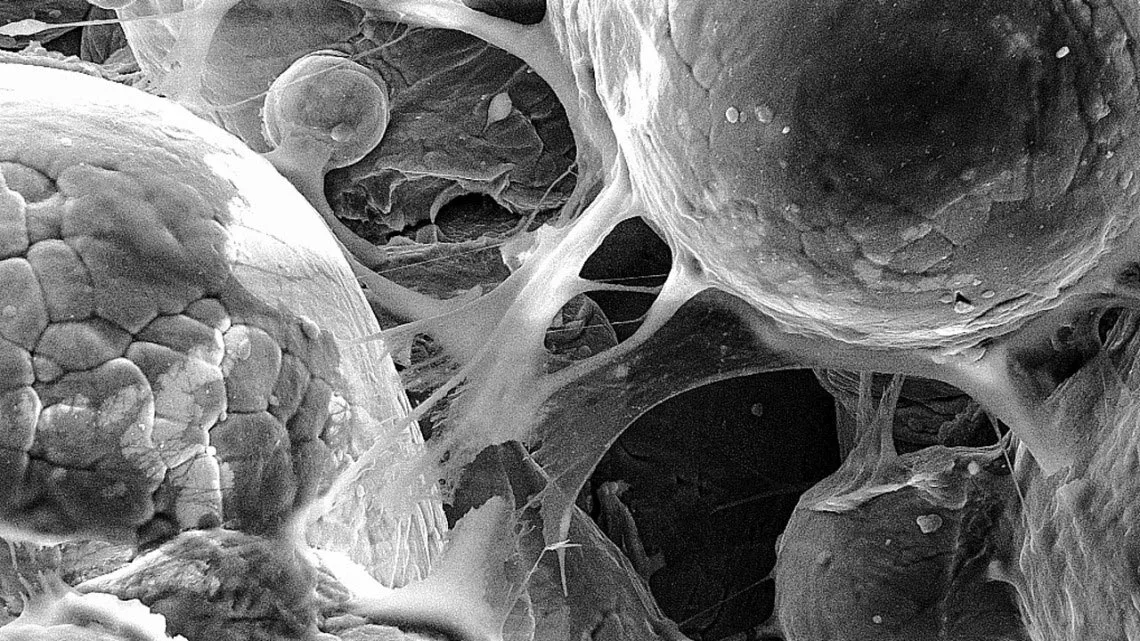WEB DESK, July 12(ABC): Forget glue, screws, heat or other traditional bonding methods. A Cornell-led collaboration has developed a 3D printing technique that creates cellular metallic materials by smashing together powder particles at supersonic speed.
This form of technology, known as “cold spray,” results in mechanically robust, porous structures that are 40% stronger than similar materials made with conventional manufacturing processes. The structures’ small size and porosity make them particularly well-suited for building biomedical components, like replacement joints.
The paper’s lead author is Atieh Moridi, assistant professor in the Sibley School of Mechanical and Aerospace Engineering.
“We focused on making cellular structures, which have lots of applications in thermal management, energy absorption and biomedicine,” Moridi said. “Instead of using only heat as the input or the driving force for bonding, we are now using plastic deformation to bond these powder particles together.”
Moridi’s research group specializes in creating high-performance metallic materials through additive manufacturing processes. Rather than carving a geometric shape out of a big block of material, additive manufacturing builds the product layer by layer, a bottom-up approach that gives manufacturers greater flexibility in what they create.
However, additive manufacturing is not without its own challenges. Foremost among them: Metallic materials need to be heated at high temperatures that exceed their melting point, which can cause residual stress buildup, distortion and unwanted phase transformations.
To eliminate these issues, Moridi and collaborators developed a method using a nozzle of compressed gas to fire titanium alloy particles at a substrate.
“It’s like painting, but things build up a lot more in 3D,” Moridi said.

























